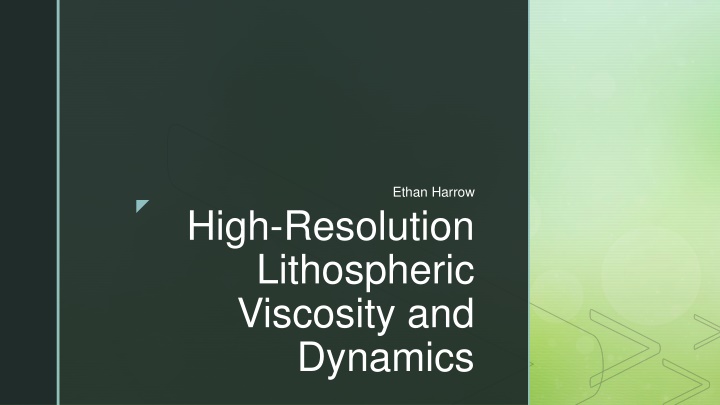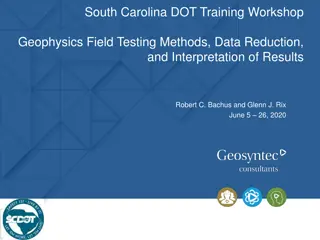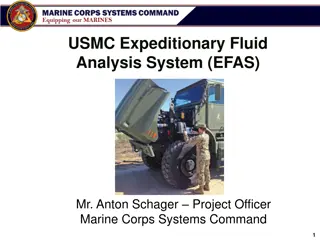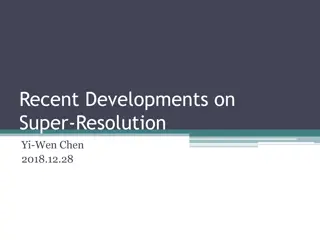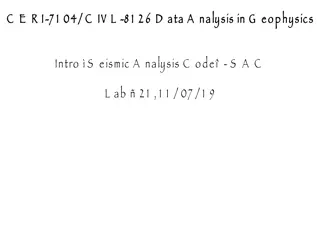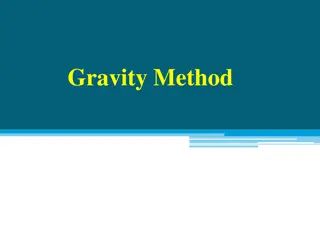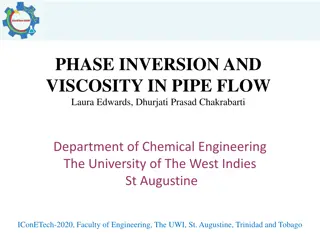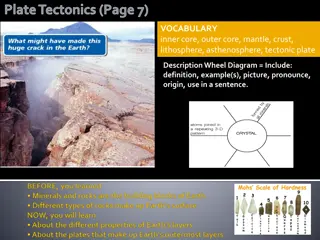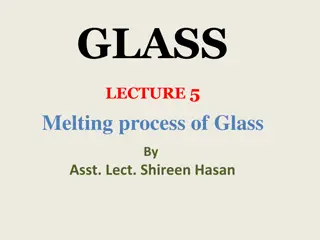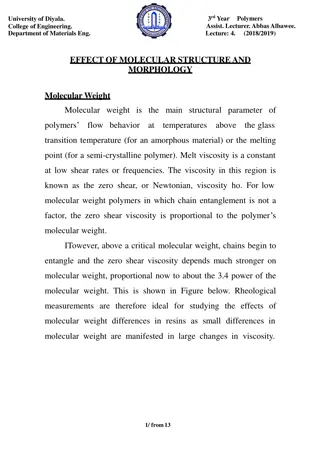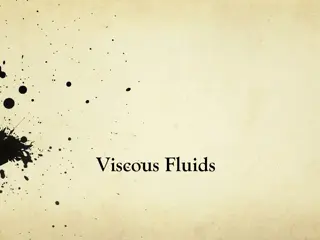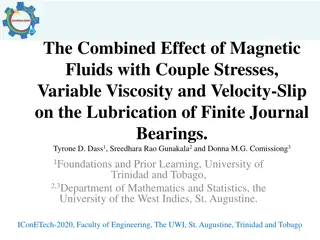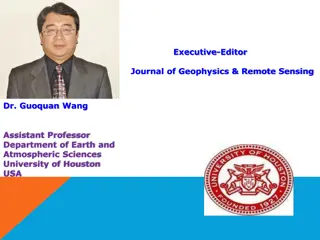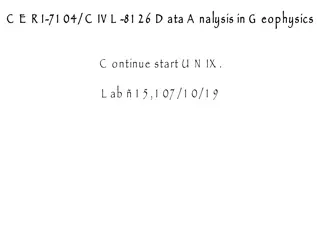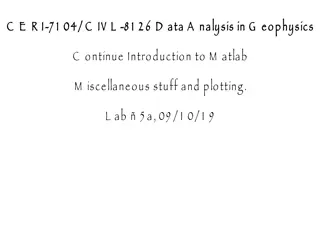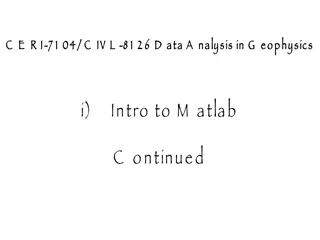High-Resolution Lithospheric Viscosity and Dynamics in Geophysics
Magnetotelluric Imaging (MT) is a geophysical method using Earth's magnetic and electric fields to measure sub-surface resistivity. By analyzing data from MT stations, depth information spanning hundreds of meters to kilometers can be obtained. Figures depict geophysical characteristics, intraplate deformation, mantle flow, and sensitivity of tectonic constraints on lithosphere viscosity. Explore effective viscosity structures derived from detailed analyses.
Download Presentation

Please find below an Image/Link to download the presentation.
The content on the website is provided AS IS for your information and personal use only. It may not be sold, licensed, or shared on other websites without obtaining consent from the author.If you encounter any issues during the download, it is possible that the publisher has removed the file from their server.
You are allowed to download the files provided on this website for personal or commercial use, subject to the condition that they are used lawfully. All files are the property of their respective owners.
The content on the website is provided AS IS for your information and personal use only. It may not be sold, licensed, or shared on other websites without obtaining consent from the author.
E N D
Presentation Transcript
Ethan Harrow High-Resolution Lithospheric Viscosity and Dynamics
Magnetotelluric Imaging Magnetotellurics (MT) is a passive geophysical method which uses natural time variations of the Earth's magnetic and electric fields to measure the electrical resistivity of the sub-surface The Earth's magnetic field varies continuously in both time and space. By measuring at ground level sites time variations of the magnetic field and the electric field, the ratio of the electric and magnetic variations provides a measure of the electrical resistivity. Depth information is obtained by measuring the time variations over a range of frequencies. High frequencies penetrate the Earth to shallow depths only, while low frequencies penetrate deeper. Information is obtained from a few hundred meters depth to hundreds of kilometers depth. -Government of Australia
Fig. 1 Geophysical characteristics of the Basin and Range and Colorado Plateau. (A) Shaded topography, surface heat flow interpolated from the global heat flow database (13), crustal thickness estimated by seismic receiver functions (14), MT station locations, and late Cenozoic volcanism. (B) Inverted resistivity model from (25), along the 2D profile shown in (A). The vertical gray bars at the surface represent MT stations. Note the correlation of faults and weak zones with low resistivity and that of cratonic lithosphere with high resistivity.
Fig. 2 Models with a 1D viscosity profile predicting intraplate deformation, surface topography, and mantle flow. (A and B) Intraplate deformation and surface topography. The black curves in (A) and (B) represent the observed Basin and Range extension rate and surface topography, respectively. The green and red colors represent results from a weak and strong lithosphere, respectively. (B) The corresponding contributions to topography from crustal buoyancy (orange), thermal buoyancy (blue), and their combined effects (red) are shown. (C) Mantle flow. The background viscosity is for the strong lithosphere model, but the mantle flow from both the weak (green) and strong (red) lithosphere models are shown. Gray lines represent the geotherms, and magenta line marks the Moho.
Fig. 3 Sensitivity of tectonic constraints on the MT-converted lithosphere viscosity. (A and B) Dependence of (A) intraplate deformation rate and (B) surface topography on the amount of spatial variation of lithosphere viscosity. (C) The background color shows the viscosity with a 10-fold spatial variation, and the three mantle flow fields correspond to cases with 10 (blue), 105(orange), and 109(green) of viscosity variations, respectively. (D and E) Dependence of tectonic constraints on the average (or net) viscosity of the lithosphere. (F) Background color represents viscosity of the strongest (C0= 8.0) lithosphere case, and the three flow fields are from cases with C0of 8.0 (blue), 2.0 (orange), and 0.5 (green), respectively. The red bars on the surface mark the MT stations.
Fig. 4 Effective viscosity structures derived from the MT image and laboratory-based rheologies. (A) Best-fitting model with an MT-converted viscosity structure, including six orders of magnitude of viscosity variations. (B) Viscosity structure and model predictions using a power-law rheology (n = 3 in Eq. 1 and other parameters listed in supplementary materials) and pseudoplasticity (yield stresses of 40,150 MPa for above and below 40 km in depth, respectively). The general similarity between the two viscosity structures and model predictions confirms the physical validity of the MT-converted viscosity
